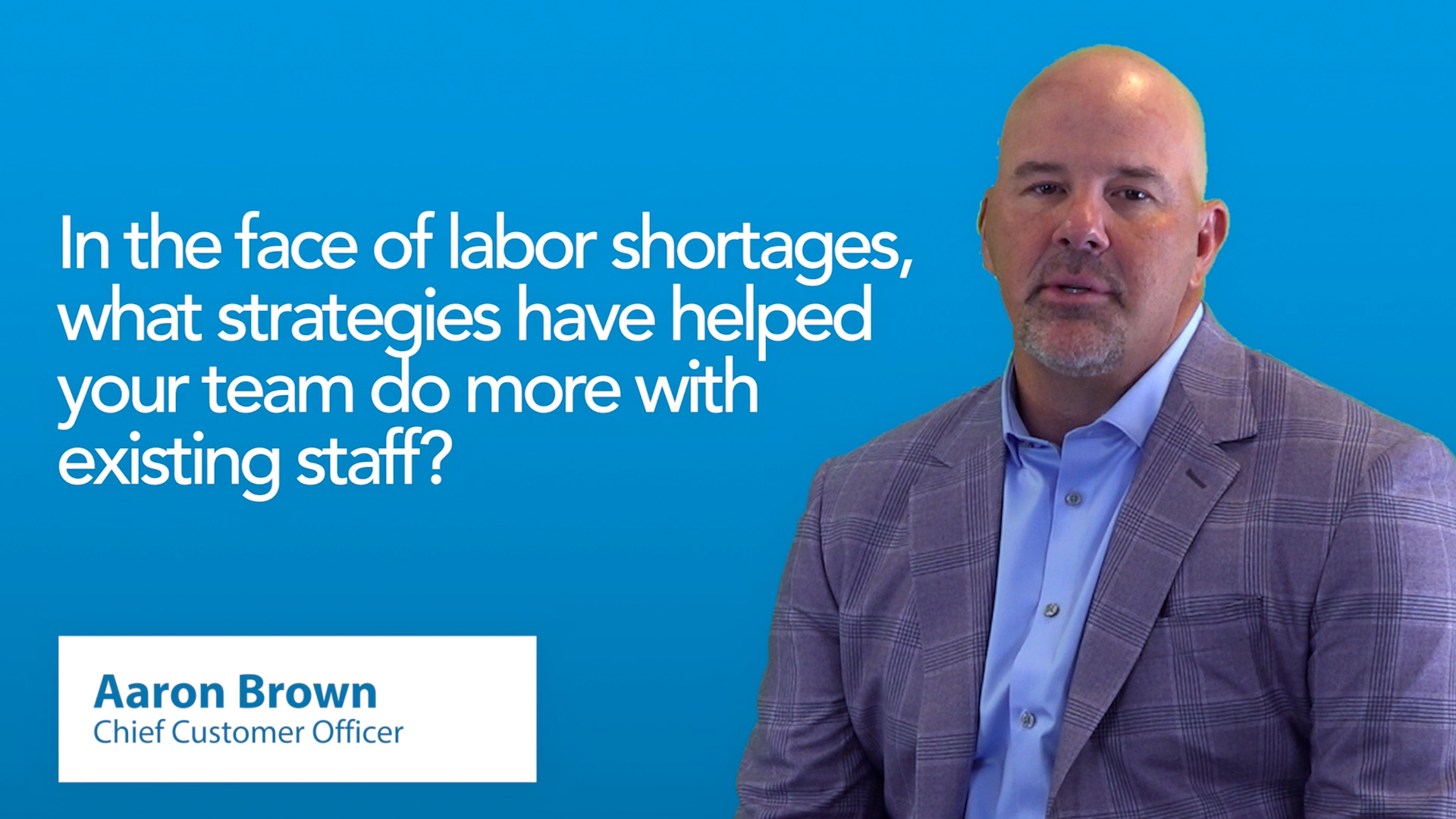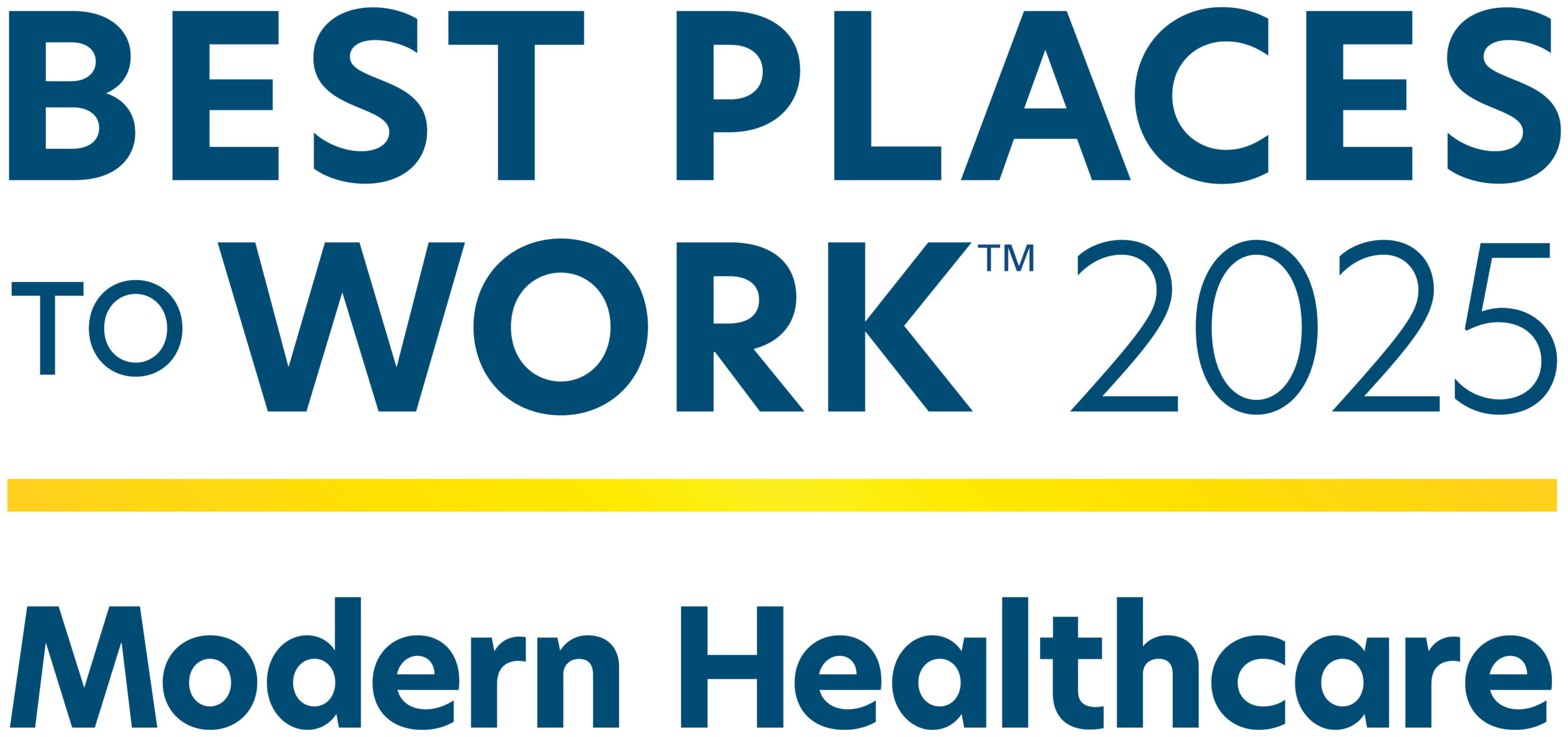In the face of labor shortages, what strategies have helped your team do more with existing staff?
With labor shortages and staffing, we took a different approach. We went bottom up to start. We put people in the business to find out exactly how long each task took. And when we did that, we found that we were overloading a lot of our associates. So by using TaskUp, by doing the actual project work to know how long each step took and by standardizing those steps, we balanced the workload. In order to optimize outcomes, you have to balance a workload and give people realistic expectations.
How do you optimize workflows and improve productivity without increasing headcount?
We’ve all been given goals and work that were stretch goals. But when you have somebody that’s coming to work every day that has to hit that stretch goal just to do part of their job, we found that we were overloading people. And by having the data, we balanced the people where they needed to be, when they needed to be there and the right person for the job. So these inefficiencies started to go away. So we got happier people and better outcomes, both operationally and financially.
What technologies or support systems have helped reduce burdens on clinical staff?
The technologies that have helped reduce burdens on clinical staff, we really took a big focus on malnutrition. One of the things that we looked at our dieticians, they worked with our medical coding and chief medical officers to properly code malnutrition, to provide value for that department and additional revenue for our clients. But we also put in TaskView, which allowed our nurses to know when everything was coming. It made it easy for them. They could grab their phone, push an app, or they could go to their desktop and order something right then and there. Instead of picking up the phone and having a call and wait to speak with somebody, it was an automatic, standardized platform that they just push a button and they know, hey, I need to get this room cleaned, I need to get this room turned. We took out all the inefficiencies that have existed in healthcare for many years, and that’s allowed us to operate better with happier nurses.
How does TouchPoint empower staff?
We allow our associates to live their purpose at work every day. Everybody may have a bit of a different purpose, but everybody that’s there cares about taking care of that patient. And we all have unique gifts and special talents that make us better at providing those touch points throughout a patient’s stay. So by us having the data, which allows our staff to do the job, it empowers them to do it great, and it also empowers them to ask for help. That immediate feedback back and forth empowers our staff to focus on the job at hand, and also allows our managers to focus on making sure we’re taking care of our associates, which in turn takes care of our patients.
It sounds like you’re trying to do more with less when it comes to the workforce. What makes this sustainable?
What we’ve figured out is how to make the job easier. We’re getting the outcomes with less work because we’ve taken out all the noise and the inefficiencies. When we founded TouchPoint 13 years ago, one of the things we did is we took all the great things that came from Compass One, and we distilled it down and looked at every task and said, does it add value? And if it didn’t add value, we got rid of it. And I think a lot of organizations don’t do that enough. So we eliminated the busy work, we put in technology, so we made the job simpler.
We’re not doing more with less, we’re getting better outcomes by making the job simpler and easier to do via technology and more efficient processes.


